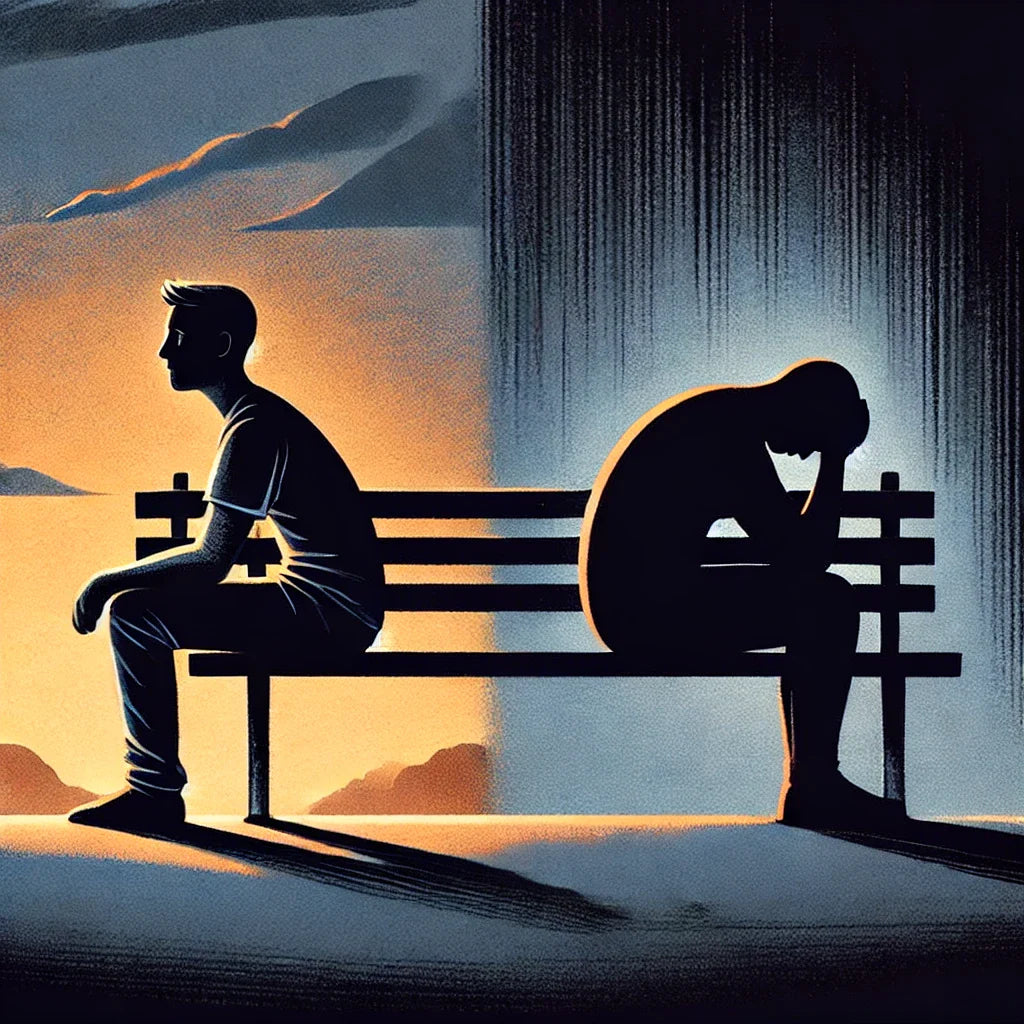
Feeling Down or Depression: Understanding the Difference for Better Care
Share
Mental health is a delicate balance, and recognising the difference between temporary sadness and true depression is essential for taking the right approach. Let’s explore the key distinctions between these two states.
Feeling Down: A Passing Cloud
Feeling down is often a temporary reaction to life’s challenges—work stress, personal conflicts, or minor setbacks. These moments of sadness are normal and usually proportionate to the situation. With time, support, and small lifestyle adjustments, these feelings tend to fade.
🔹 Common signs of feeling down:
- Temporary sadness
- Occasional fatigue or irritability
- Loss of interest in certain activities
- Ability to manage daily life remains relatively intact
Depression: A Lingering Shadow
Unlike temporary sadness, depression is a deep and lasting state that significantly affects quality of life. It can occur without an obvious cause and often requires professional support, whether through therapy, medical treatment, or a combination of both.
🔹 Signs of depression:
- Intense and prolonged sadness
- Persistent fatigue, lack of energy
- Sleep disturbances and/or appetite changes
- Difficulty performing daily tasks
- Feelings of emptiness or hopelessness
Seeking Help: A Sign of Strength
Whether you're going through a tough time or experiencing deeper distress, seeking help is a vital step. Talking to a loved one, consulting a professional, or simply expressing how you feel can be the first move toward healing.
Mental health is unique to each individual, and by understanding these differences, we create a more supportive and compassionate community.
📩 Stay informed! Subscribe below to our newsletter for more health and wellness tips.
